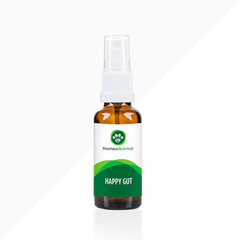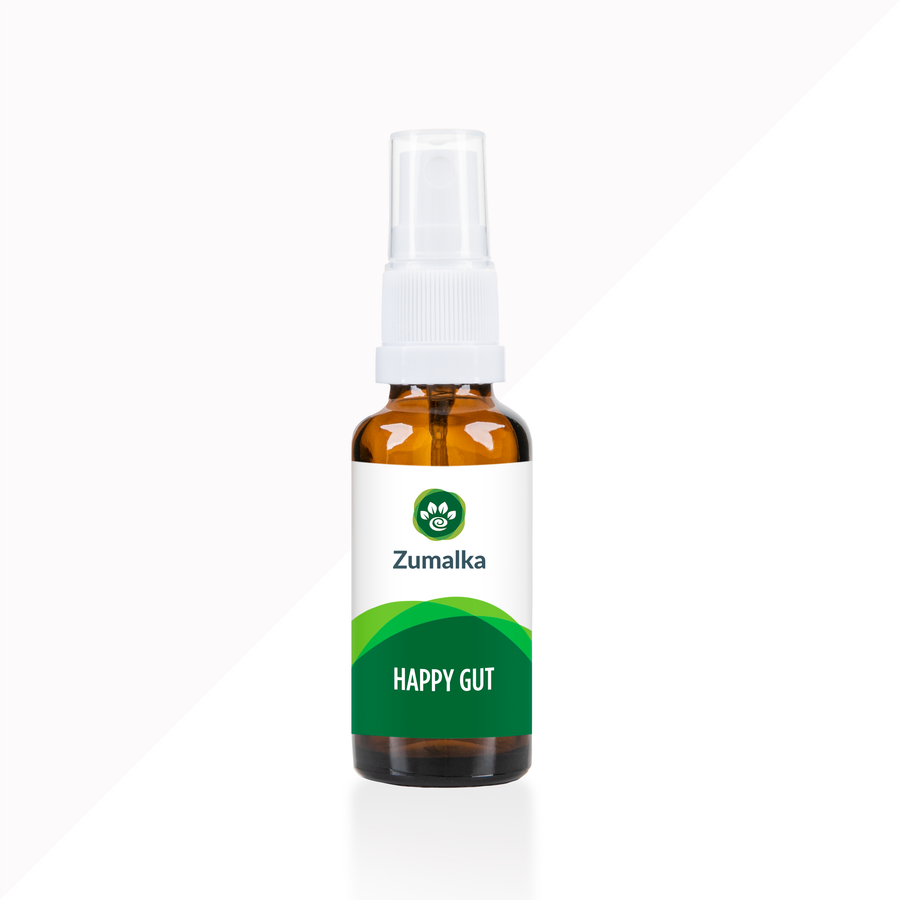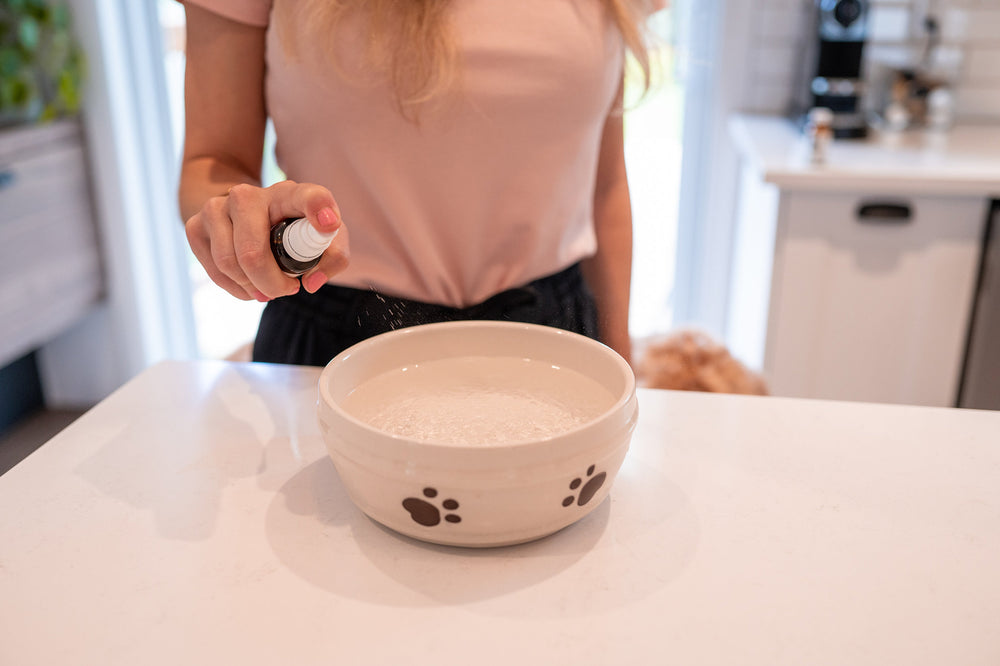Is Your Dog Not Eating? Here are 8 Easy Ways to Deal with this Problem!
If you’re anything like most dog parents, chances are you become worried almost immediately should your pet seem to pay little or no attention to his meals. This applies to his water intake as well.
And before you resort to “conventional” appetite stimulants to deal with this problem, I’d just like to point out that there are actually simple and natural ways to get your dog’s appetite going again.
I will reveal these simple and natural ways to bring back your pet’s appetite in just a few moments. And make sure you read this all the way through since I’m also sharing a bonus tip that will help promote a healthier and more resilient digestive system for your dog.
What Causes a Dog to Stop Eating and Drinking?
It can be rather worrying if you’re noticing that your dog is not touching his food or drink. Surprisingly, there are a few possible factors why your pooch has seemingly lost his appetite. How about we go over them one by one?
Overfeeding
Sure this may sound surprising, but a lot of dog parents tend to fail to spot that they are already feeding their pets more than they ought to. Always remember that no matter how nutritious a certain type of food or drink is, too much of it can already have counterproductive effects before you know it.
Besides possibly leading to bloat and indigestion, overfeeding can also be a cause for obesity for your dog.
Food adjustment
It’s not uncommon that you sometimes have to change up your dog’s diet—say from dry dog food to the wet variety—due to some health issue that he may be going through, like an upset stomach or a sore tooth.
Similar to us humans, our palate may not be that receptive to the new type of food we are served, and we may even reject the whole thing completely. The same scenario could happen with your pet.
Dental issues
When your dog is afflicted with some form of dental health problem, such as gum disease, a cracked or broken tooth, tartar and plaque buildup, as well as an abscess, he may not be that excited to munch on food anytime soon.
Your pooch could already be in a lot of pain just by opening his mouth or the act of chewing might cause his diseased gums to rub with his cheeks and tongue leading to discomfort.
Being around strangers
Given the fact that dogs are inherently emotional in nature, notable changes in their environment, particularly the people they are with, can often lead to separation anxiety.
And one of the most significant effects of separation anxiety is the sudden loss of appetite. This situation can be mainly observed in dogs that were separated without a warning from their fur parents and loved ones.
Illness
Illness is perhaps the most common factor when it comes to lack of appetite in dogs. You see, when your pet is experiencing some form of illness, like fever or a viral infection, his sense of taste will not function properly.
This makes your dog’s palate not as receptive to flavors and will make his food and drink taste bland.
Moving to a new place
Being creatures of habit, dogs are often dependent on routine and repetition. Any remarkable changes like new sounds, smells, and sights can affect your pet and will usually manifest as a form of behavioral change.
Loss of appetite is one of these behavioral changes.
Stress
Let’s say a dog went through a highly stressful experience like severe trauma or injury. This subsequently triggers a sudden increase in his stress hormones like cortisol, which activates his body’s fight or flight response.
Interestingly, this fight or flight response acts like an appetite suppressant and will prevent your dog from feeling hungry or thirsty unless his stress levels drop.
Next, let’s touch on a rather serious question that a lot of pet parents and animal lovers have already asked me: so how long can a dog go without eating or drinking?
How Long Can a Dog Go Without Eating or Drinking?
To answer this question properly, let me just point out that dogs have entirely different survivability parameters as regards the lack of food and the lack of water or similar nourishing beverages.
Depending on a dog’s overall health and wellness, he can go for as long as five to seven days without food. However, a key factor that should be taken into consideration is he should still be drinking plenty of water or fruit juice or perhaps dog-safe broth during this time.
On the other hand, a dog can only survive three days without water or some other beneficial fluid since it plays a crucial role in delivering oxygen to the tissues and organs as well as acts as a natural lubricant for the circulatory system.
A dog could be prone to fatally adverse effects once these functions are compromised. This is the biggest reason why you should give your dog the immediate and proper attention he needs as soon as you observe that something’s off with his eating and drinking patterns.
Now we’ve got that covered, here are the natural ways you can go for to get your dog’s appetite going again…
How to Treat Loss of Appetite in Dogs
Unlike what a lot of people mistakenly believe, restoring your pet’s appetite doesn’t require chemical-based stimulants and similar options. Having the following tips in your home pet care checklist will definitely be an advantage should this issue unexpectedly get in the picture.
#1. Stick to regular feeding times.
A common problem among some dog parents—especially those who have busy schedules—is randomly feeding their pets only when their schedule permits.
Besides possibly causing tummy upsets, inconsistent feeding also causes stress to a dog since he will develop the mindset of being unsure when his next meal will come. Always make sure that you give your pooch a sufficient amount of food and water on the dot at least twice a day, and you’ll notice that his eating and drinking habits will improve.
#2. Check if your dog is suffering from dental issues.
Dental health problems like gingivitis, tooth decay, abscesses, as well as chipped and broken teeth can prevent your dog from eating or drinking since he may be already experiencing a lot of pain just by opening his mouth.
Make sure you properly deal with these dental issues as soon as you can since these can also lead to even more serious health problems if not taken care of immediately. Switching to softer food options during this time is also a smart way to keep your dog eating despite having dental issues.
#3. Entice him with a treat along with his regular meal.
I know this sounds a bit like cheating, but enticing your dog with his favorite treat is one simple trick to jumpstart his palate. Just remember to divide his favorite treat into several pieces, thoroughly integrate them with his regular meal, and you’re all set.
Although all treats can be used for this application, keep in mind not to overdo it on excessively sweet and salty snacks since they can alter his palate in a really big way if used lots of times.
#4. Change up the menu.
Just like us humans, our dogs can also eventually tire out of a meal no matter how tasty it is.
If you’re noticing that your pet isn’t eating his food as much as he used to—or not even touching it all—then it is possible that you need to switch up the menu to invigorate his palate.
Here’s a few quick examples to help you get started:
- Gradually switch from dry food to a mix of wet and dry food
- Add a bit of crunchy elements to your dog’s meals
- Integrate dog-safe fruits in his diet like bananas, apples, mangoes, and cantaloupe
#5. Heat up your dog’s meals.
Did you know that a bit of heat can help stimulate your dog’s taste buds?The next time you’re feeding your pet, make it a point to heat up his meal a bit before serving just enough to give it a mild amount of warmth.
You can also use warm broth as an alternative application for this one.
#6. Add a bit of fat in his food.
It’s not uncommon that most dog foods, especially in the case of dry varieties, tend to lose a lot of fat content when they are processed, and fat does contain a lot of flavors.
Apart from directly adding in canola oil, flaxseed oil, and food-grade virgin coconut oil to your dog’s meals, integrating a small portion of plainly cooked fatty fish like mackerel, salmon, herring, as well as tuna also works for this application.
#7. Let him much on grass for a bit.
Sure grass isn’t a usual item on your dog’s regular menu, but the extra bit of roughage can actually help settle his stomach, especially when he’s experiencing high levels of acidity.
When you observe that your dog isn’t as excited to tuck into his meal like he usually does, allow him to “graze” in your yard for a little grass therapy. Believe me, you’ll be surprised with the results.
#8. Check for signs of tummy upsets and similar gastrointestinal issues.
I’ve saved this last because this one is often overlooked by most dog parents when their pets seem to lose interest in food and drink all of a sudden.
Before you start worrying why your dog isn’t touching his meal, make sure you check for any indications that he may simply be experiencing an upset stomach or a similar gastrointestinal problem.
If your pet is anything like most dogs, chances are he won’t be that excited to eat or drink if he’s suffering from the said health problems.
And while we’re on the subject of stomach upsets and similar gastrointestinal issues, I’d just like to share a high-quality natural product you should consider including in your pet care checklist to help maintain your dog’s overall gut health…
A High-Quality Natural Product for Pet Gut Health
 Zumalka’s HAPPY GUT is designed to address the digestive irritation your pet feels in cases of stomach or intestinal upsets. This premium natural product also offers a soothing effect for your pet during periods of constipation, diarrhea, vomiting, gas buildup, among other related issues.
Zumalka’s HAPPY GUT is designed to address the digestive irritation your pet feels in cases of stomach or intestinal upsets. This premium natural product also offers a soothing effect for your pet during periods of constipation, diarrhea, vomiting, gas buildup, among other related issues.
Moreover, HAPPY GUT is also formulated to target specific symptoms like the burning sensation in the anus, loose stools, diarrhea, and even incontinence during periods of extreme stress and anxiety.
If you’re still having a tricky time zeroing in on a natural product made from premium ingredients that will help keep your dog’s digestive and gastrointestinal health in good shape, this one is definitely an option you should look into.
Get in Touch with a Pet Specialist Today
In case your dog is going through some other type of health issue and you’re looking to properly deal with it using natural means, make sure you CONTACT US right away. Our team of pet homeopathy experts are standing by 24/7 to help you get to the root of the problem as soon as possible.






Leave a comment